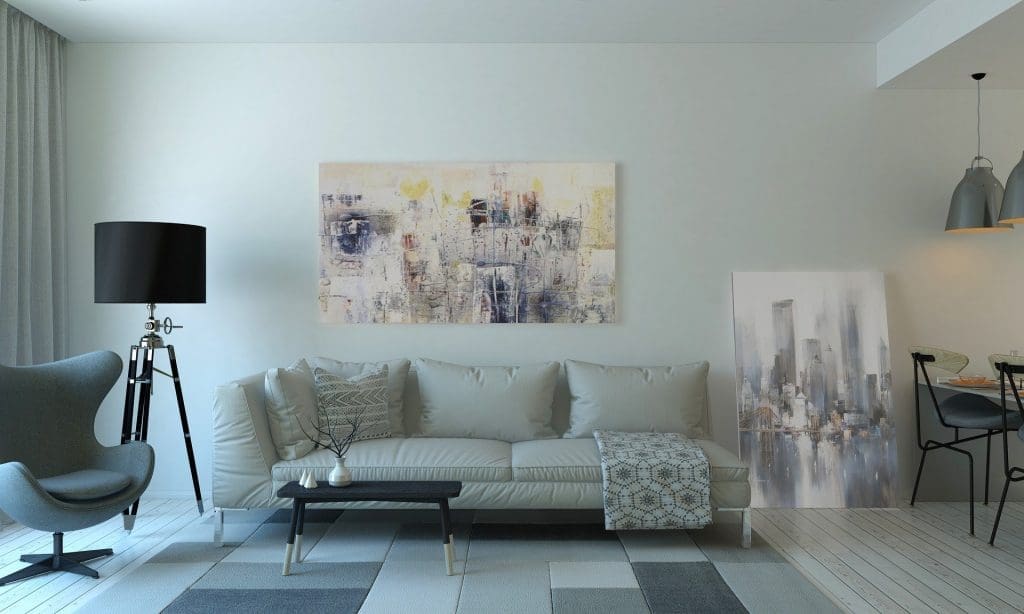Simple Steps to Become an Interior Designer
The marriage of form and function is born the noble profession of interior design. Creating or re-creating an architectural space into one that oozes timelessness and simultaneously offers a comfortable living experience – the right balance of light, color, airflow, and the temperature is a tough cookie to crack. As such, interior design is a demanding profession but, at the same time, edifying – both to the designer and their clients.
To those still in line to become successful interior designers, ticking off the following steps is the ticket needed to enter the most glamorous industries.

Step #1 Nurturing Creativity
Once a creative, always a creative, right? Yes, provided consistent efforts are made to nurture that creativity. To see a world of possibilities in the most uninspiring and dreariest of spaces requires an incredible imagination. And creativity, much like a muscle, needs to be exercised; if not, it will atrophy to a point where the mind becomes a blank slate and the sketchbook, a sad collection of dull and unwelcoming designs loosely strung together. Aspirants must be open to new ideas and take inspiration from all kinds of designers – learning from others’ successes and failures. Recording ‘all’ design ideas – from the glorious to the random, out-of-the-blue – consistently, then, helps in tracking progress over the months and years.
Step #2 Getting a Degree in Interior Designing
Personal preparation, when aided with professional help, whips up the perfect recipe for success. A designer’s creativity needs to be exercised within the boundaries of technical elements, the most important of which are space, line, forms, light, color, texture, and pattern. Thorough knowledge of how each harmoniously blends with the others to create an extraordinary space, both in terms of form and function, is best achieved via a professional course. Aspirants must opt for PG in interior designing course from reputed institutions like the Pearl Academy. They can get 360-degree knowledge and experience of working on different theories and methodologies, construction materials, craft techniques for furniture, and interior styling, etc.
Step #3 Designing a Winning Portfolio
Visuals speak loud, but designs speak even louder – breathing life into ideas by penning them down into a robust portfolio of designs is the passport into the interior designing world. A well-crafted portfolio that showcases an aspirant’s familiarity with different styles, functionalities, ergonomics, lighting and color theories, floor plans, building codes, and mechanical systems is sure to set them apart of the crowd. To take it a step further, designers must keep their portfolio diverse; from incorporating relaxing nautical elements to ornate classical pieces, the scope is limitless!


Step #4 Gaining Hands-On Experience
Having a professional degree under the belt and shaping a stunning portfolio are half the equation; the other half has some hands-on experience. Designers need to grab every opportunity of ‘learning by doing’ – it need not be an internship; revamping one’s own house as a design challenge is a great place to start. Friends and family can also be given the proposal to have their spaces redesigned for free. This could gradually turn into offering free design services to the local community by spreading the word out on social media platforms like Facebook and Instagram.
Step #5 Acing that Interview or Client Meeting
All other skills aside, sealing the deal boils down to the designer’s personality, professionalism, confidence, and honesty. In place of overused statements, communicating one’s point-of-view and passion with sincerity and transparency is key to winning over an employer or client. For a solid preparation, homework is mandatory, which means researching the interviewer or client’s industry, business operations, market, etc. If possible, rehearsing a mock-interview with a professional can help get used to the idea of being questioned and critiqued.
The journey of becoming an interior designer is full of rewarding challenges, at the end of which awaits a career, unlike any other. In the dynamic world of interior designing, styles evolve, trends are cyclic, and technologies progress – there’s never a dull day in the life of an interior designer.




